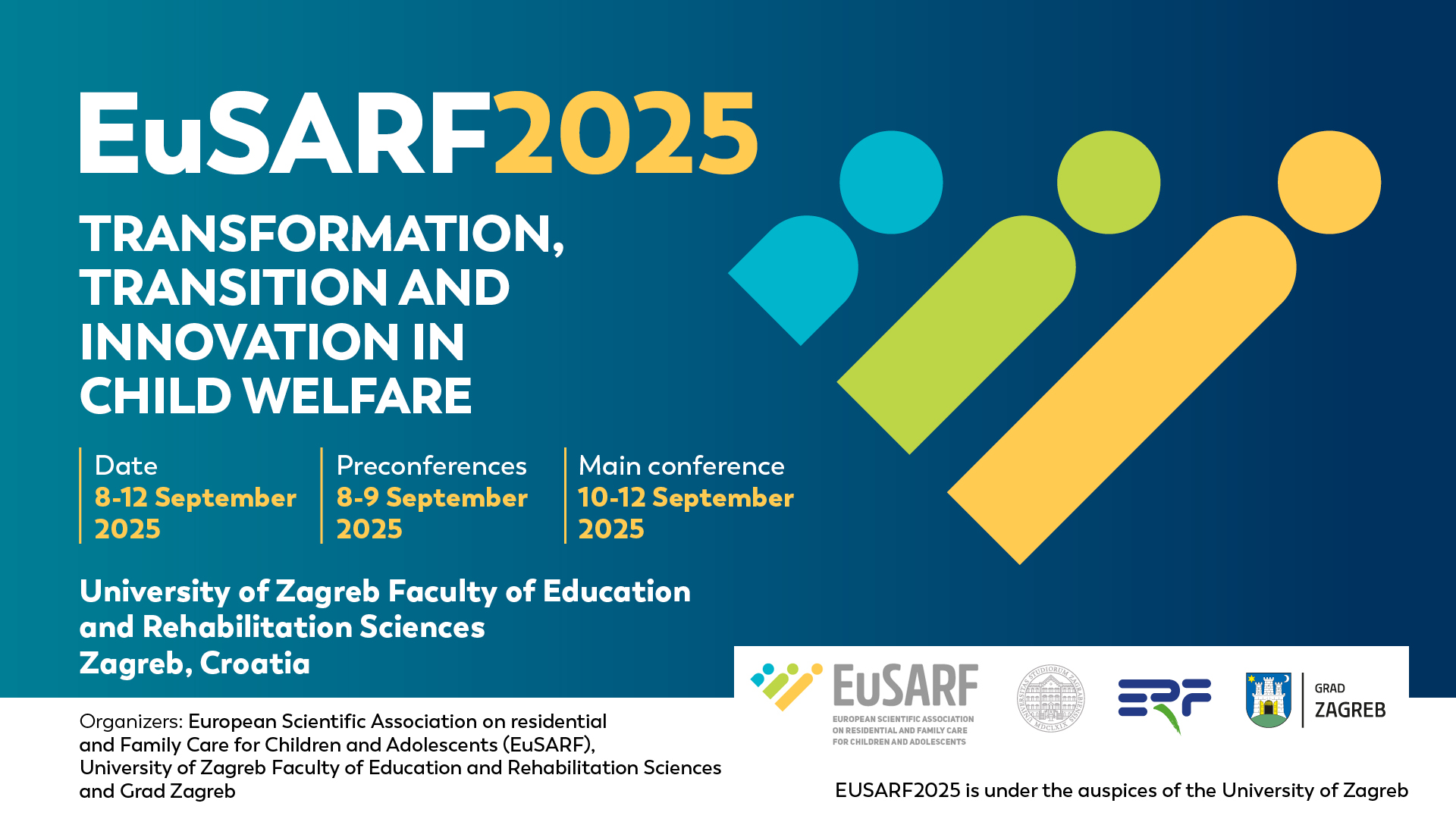
About Zagreb
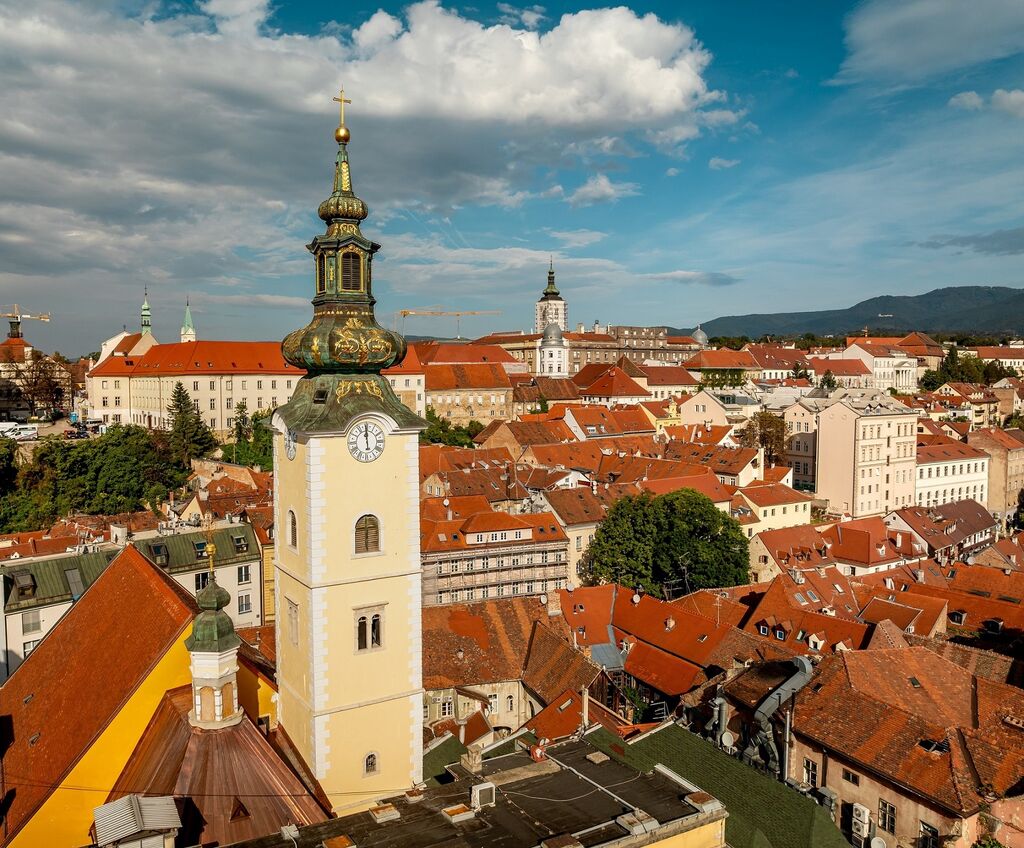
Basic facts
Travel to Zagreb
By Plane
The main airport of Croatia is Franjo Tuđman Airport, located in Pleso, 17 km from the city center. The airport offers a wide range of services, including car rentals, travel agencies, a post office, banks, restaurants, and shops. Taxis are available, but the airport operates a regular shuttle bus that departs every 30 minutes to the city center. Tickets cost 30 kunas (approximately 4.5 euros).
By Car
Traveling by car to Croatia is convenient due to its well-connected European highways. Many visitors from European countries choose this option. Within Croatia, traveling by car, either rented or personal, is often the easiest and most comfortable way to get around. Car rental services are available in all major cities and airports.
A valid driving license, automobile registration card, and vehicle insurance documents (including a Green Card) are required.
By Bus
Direct bus routes to Zagreb are available from Slovenia, Italy, Austria, Germany, the Czech Republic, and Switzerland. Traveling by bus is affordable, and the network is extensive. The Zagreb Bus Terminal is located about a 20-minute walk from the city center.
By Train
Zagreb is connected to several EuroCity train routes, with direct services from Slovenia, Hungary, Italy, Greece, Austria, Switzerland, Germany, Bosnia and Herzegovina, and Serbia. The EuroCity (EC) and InterCity (IC) services offer high standards, including restaurant and sleeping cars. Train stations are equipped with post offices, newsstands, shops, and snack bars. Zagreb’s main railway station is just a 10-minute walk from the main square.
Public Transportation
Zagreb has an extensive public transport network operated by ZET. The inner city is primarily served by trams, while buses and suburban trains connect the outer areas. The key attractions are within walking distance of each other, but public transport is needed to reach the suburbs. Trams run regularly during the day, though night services are less frequent. Tickets are not sold onboard but can be purchased at newspaper kiosks individually or in packs. Visitors can also buy a one-day ticket or a three-day Zagreb Card, which offers discounts at various museums, restaurants, and hotels. Tickets must be validated on board and are valid for 90 minutes.
Zagreb does not have a metro system, but a funicular operates in the historic parts and is a popular tourist attraction. Taxis can be ordered by phone at 970, and they are available at train and bus stations, near the main square, and in front of major hotels.
Attractions
Ban Jelačić Square (Trg Bana Jelačića)
The Old Town is easily accessible on foot from Ban Jelačić Square, the heart of Zagreb and the usual starting point for sightseeing tours. The square connects the three historical parts of Zagreb: the Upper Town (Gornji Grad), Kaptol, and the Lower Town (Donji Grad). Its centerpiece is the bronze equestrian statue of Ban Jelačić, a Croatian national hero and viceroy of the Austro-Hungarian Monarchy in the 19th century. The square is surrounded by elegant Secessionist buildings and is closed to car traffic.
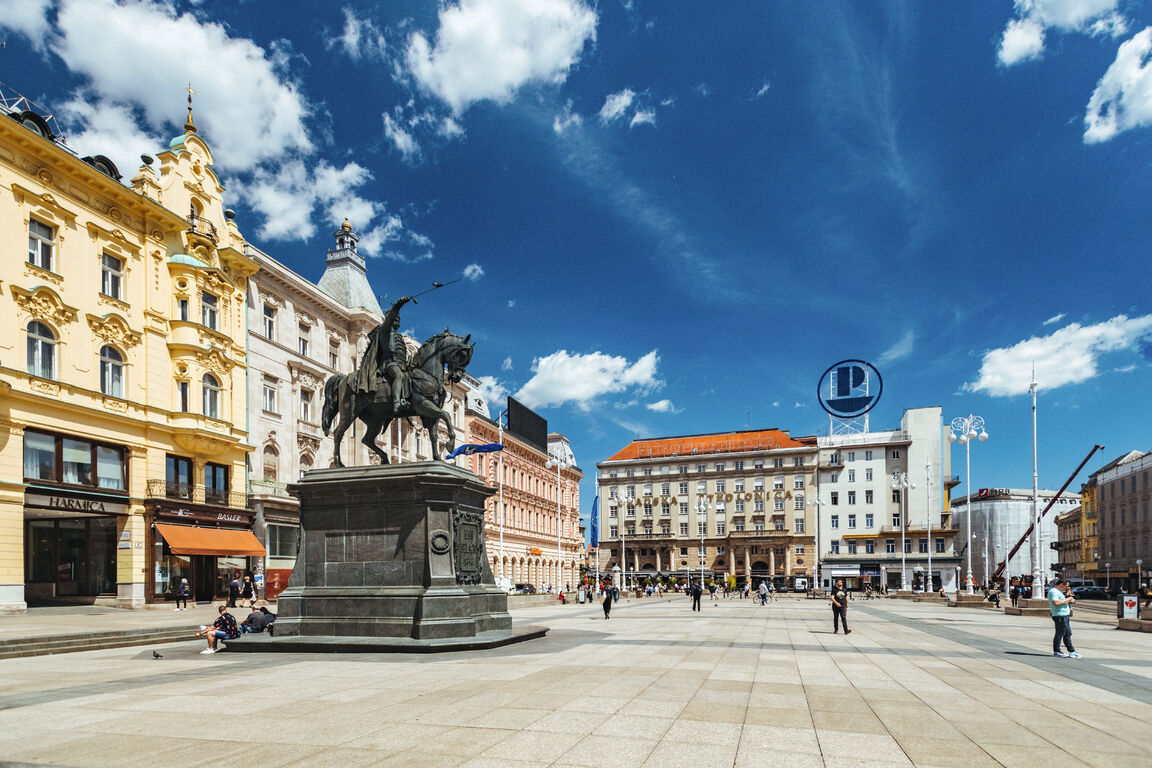
St. Mark’s Square (Markov Trg)
St. Mark’s Square is home to Croatia’s highest legislative institutions, including the neo-classical Parliament and the Baroque Ban’s Court Palace, now the seat of the Croatian Government. The square is named after St. Mark’s Church, which features works by renowned Croatian sculptor Ivan Meštrović and is easily recognizable by its red, white, and blue tiled roof displaying the coats of arms of Zagreb and Croatia.
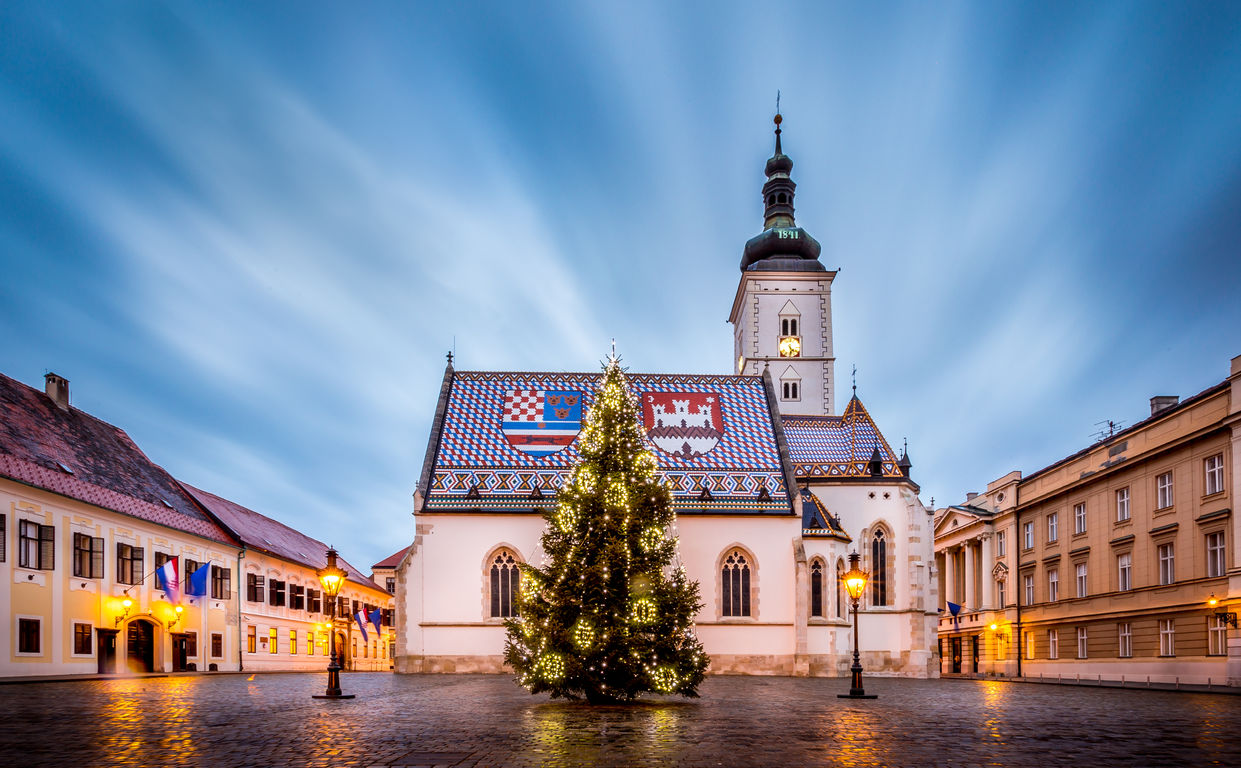
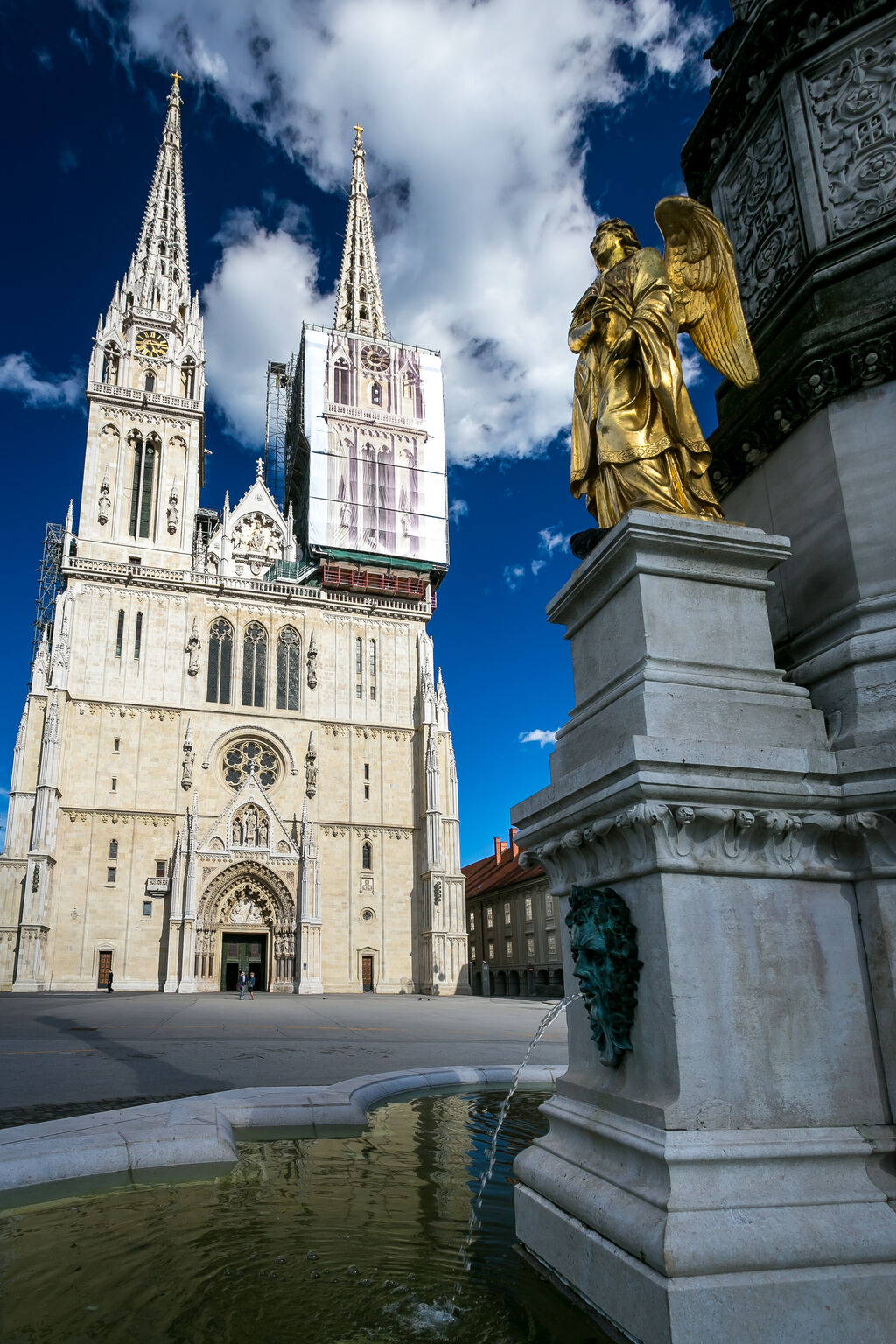
Zagreb Cathedral (Katedrala)
A short walk from Ban Jelačić Square leads to Zagreb Cathedral, originally dedicated to St. Stephen. The original church was destroyed by an earthquake in the 19th century and was rebuilt in neo-Gothic style with twin spires. Due to damage sustained in the 2020 earthquake, the cathedral is currently undergoing extensive restoration, and access may be limited.
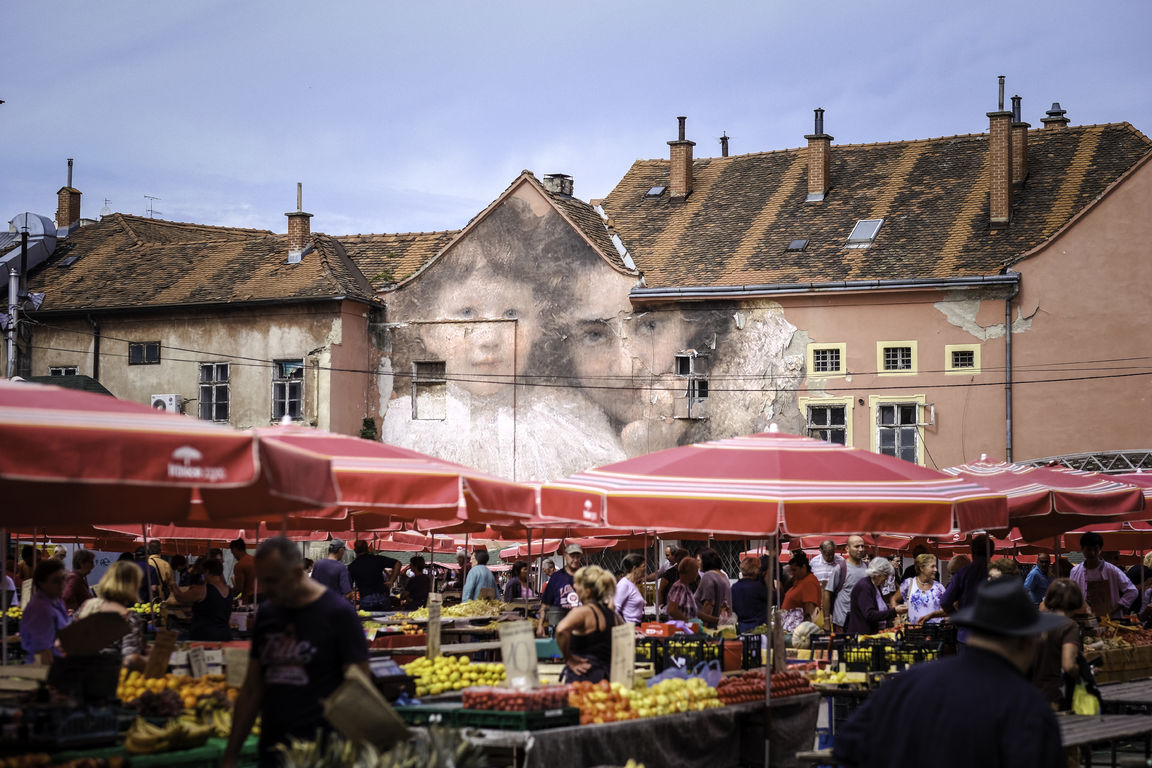
Dolac Market
Located just north of Ban Jelačić Square, Dolac Market is a vibrant place where vendors sell fresh fruits, vegetables, and flowers in an open-air setting. The indoor section below offers meats and dairy products. The market is especially lively on Fridays and Saturdays.
